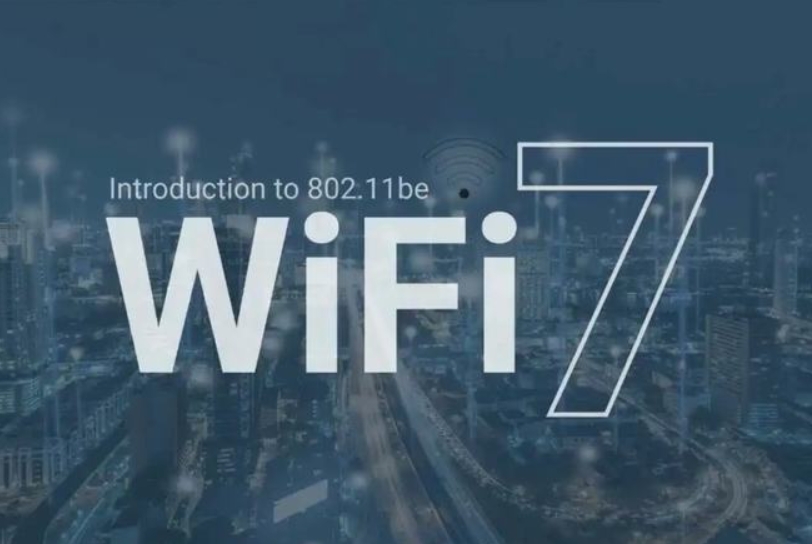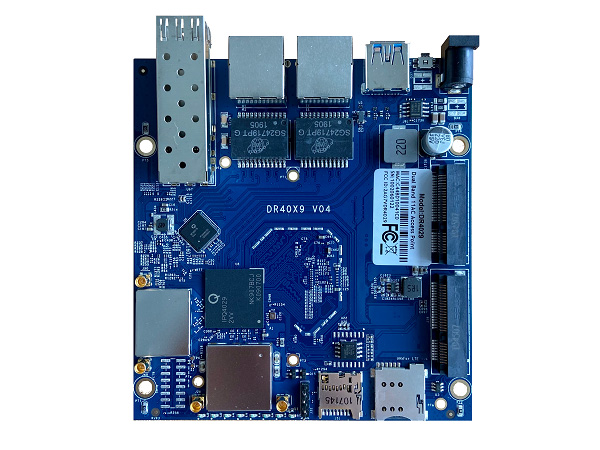IPQ9574 and IPQ9554 chips integrate Qualcomm’s AI engine-advanced QoS technology
With the continuous development of wireless communication technology, WiFi7, as an emerging wireless communication technology, is gradually becoming an indispensable part of people's daily life. WiFi7 uses some special technologies to improve network performance and user experience, such as multi-user multiple input multiple output (MU-MIMO), high-order modulation and coding (4k-QAM), wider spectrum, low latency, etc. The application of these technologies makes WiFi7 a more efficient, more reliable and smarter wireless communication technology, providing users with more convenience and innovative possibilities.
 Take the chips IPQ9574 and IPQ9554 as an example. They are two chips launched by Qualcomm that support WiFi7 and have the following special technologies:
Take the chips IPQ9574 and IPQ9554 as an example. They are two chips launched by Qualcomm that support WiFi7 and have the following special technologies:
Integrated AI engine: IPQ9574 and IPQ9554 chips integrate Qualcomm’s AI engine, which can realize intelligent network management and optimization. For example, it can automatically detect and identify device types and applications in the network to optimize the allocation and scheduling of network resources.
Support 6GHz frequency band: In addition to supporting 2.4GHz and 5GHz frequency bands, IPQ9574 and IPQ9554 also support the 6GHz frequency band, which is a new frequency band introduced in WiFi7. This band can provide more available spectrum resources, reduce interference, and provide higher network capacity and speed.
Advanced QoS technology: IPQ9574 and IPQ9554 support advanced QoS technology, which can perform intelligent scheduling and resource allocation according to applications and device types to provide better network performance and user experience.
Highly integrated: These chips have a highly integrated design that can reduce system complexity and cost. For example, they integrate multiple antennas, RF front-ends, and digital signal processors for more efficient signal processing and optimization.
Support multiple connection methods: In addition to WiFi connection, IPQ9574 and IPQ9554 also support a variety of other connection methods, such as Bluetooth, Zigbee and Thread, etc. This allows them to connect and interoperate with a variety of different types of devices.
Of course, the application of WiFi7 and IPQ9574/IPQ9554 chips also faces some challenges and problems. For example, higher frequency bands may result in higher electromagnetic radiation, while higher data transfer rates may result in higher energy consumption. Therefore, in the application of WiFi7, we need to pay more attention to environmental protection and energy utilization issues to achieve sustainable wireless communication development.
In short, WiFi7 and IPQ9574/IPQ9554 chips, as emerging wireless communication technologies and chips, have more special technologies and advantages, providing users with a more efficient, more reliable and smarter wireless communication experience. We look forward to the continuous innovation and progress of WiFi7 and IPQ9574/IPQ9554 chips in the future development, bringing more convenience and innovation to people's lives and work.








